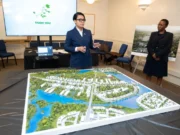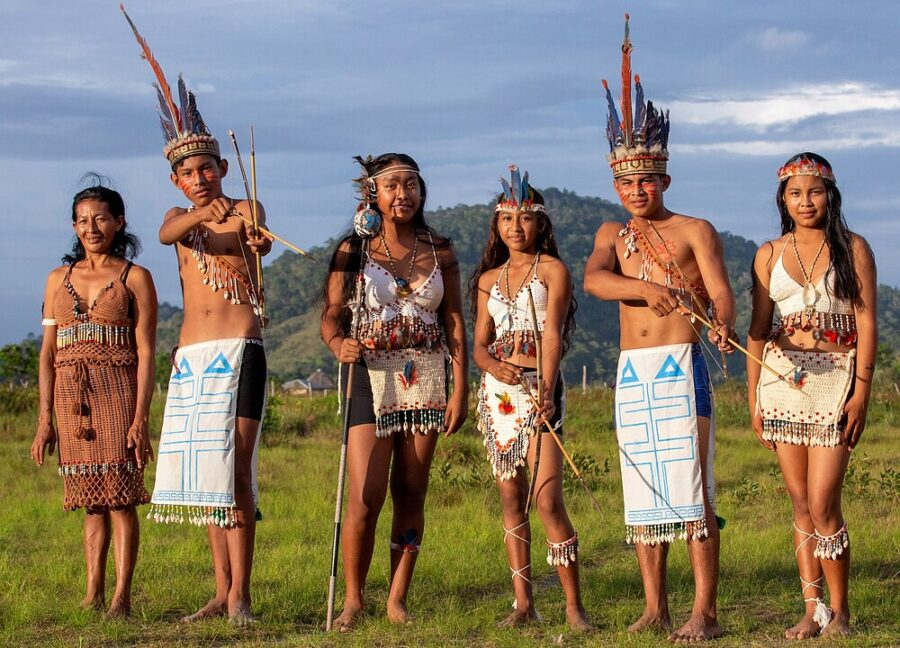Key government officials recently revealed that indigenous communities now own 16.48 percent of the country’s landmass. Central to this progress is the Amerindian Land Titling (ALT) project, launched under the People’s Progressive Party/Civic administration.
The ALT initiative aims to accelerate the legal demarcation and titling of Amerindian lands, providing clear ownership and promoting economic growth within these communities.
Funded by the Low Carbon Development Strategy (LCDS), the project has significantly increased the legal share of indigenous-owned lands from 6% in 1991 to 16.48% in 2024.
Monica Sharma, Project Coordinator for the ALT programme, recently shared an update on the project’s achievements at the recent National Toshaos Council Conference (NTCC), which brought together around 254 leaders.
Sharma highlighted that the ALT Project, with a budget of $13.2 million, is on track to issue 45 absolute grants and complete 68 demarcations. The government is seeking an extension of the project to ensure these objectives are met before the year’s end.
“Although the project is technically scheduled to conclude in 2024, the government remains dedicated to completing this essential work and ensuring land ownership for Amerindian communities,” Sharma stated.
Since 2020, the ALT project has issued 21 absolute grants and completed 13 demarcations. In 2023, 20 investigations resulted in six villages receiving approval for absolute grants.
Notably, more than 25,000 indigenous people have gained land ownership through the ALT Project since it began.
“This achievement has not only boosted revenue for some villages but also enhanced community confidence in negotiating with miners and foresters on clearly defined and legally recognized lands,” Sharma noted.
The ALT project is a transformative initiative aimed at enabling Amerindian communities to achieve official recognition and legal ownership of their ancestral lands and natural resources.
By securing land tenure rights through systematic titling and demarcation, the project seeks to improve the social and economic development prospects of Amerindian communities.
This process aims to strengthen land tenure security, broaden the asset base of Amerindians, and enable effective long-term planning for sustainable development and community well-being.
With clearly defined land resources, villagers can better strategize for future development and leverage the value of their land to attract additional funding and support.
Under the Amerindian Act (2006), the state is mandated to demarcate Amerindian Titled Lands, covering the costs through the Ministry of Amerindian Affairs’ annual capital budget, which includes allocations for the “Amerindian Development Fund.”













